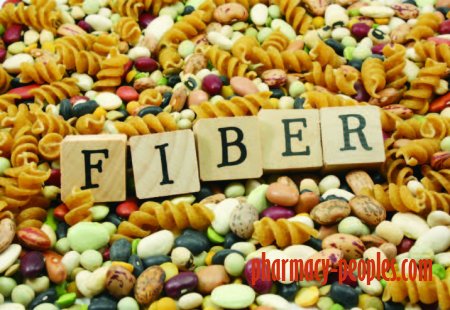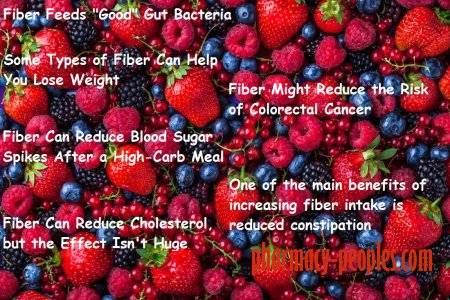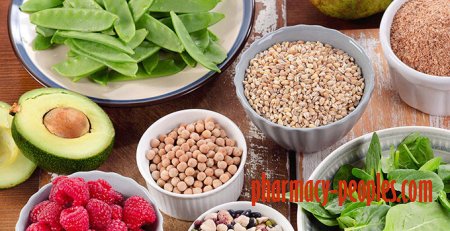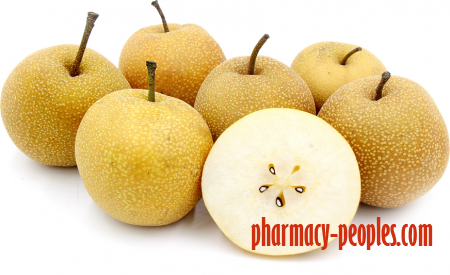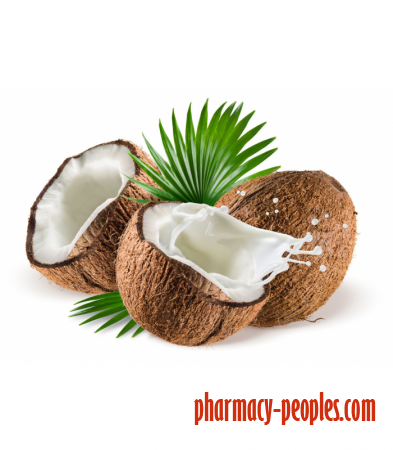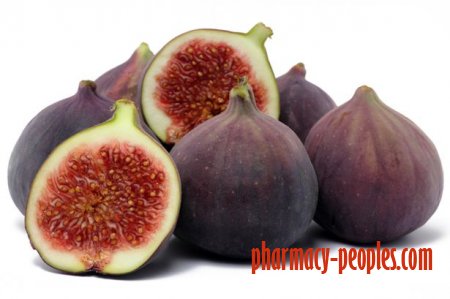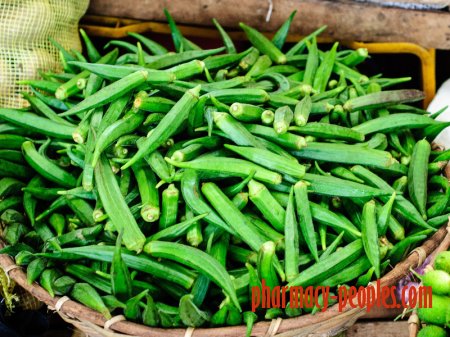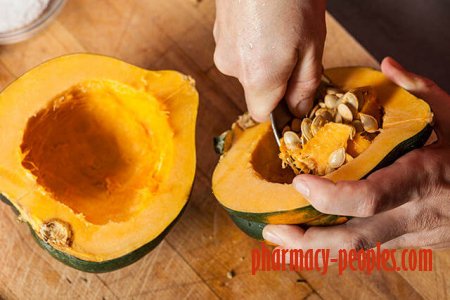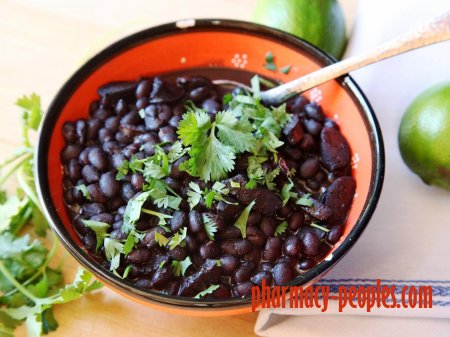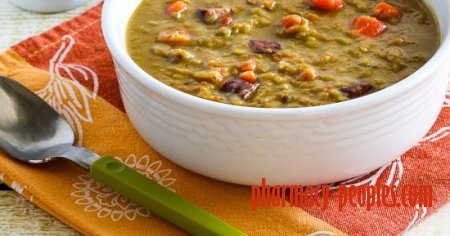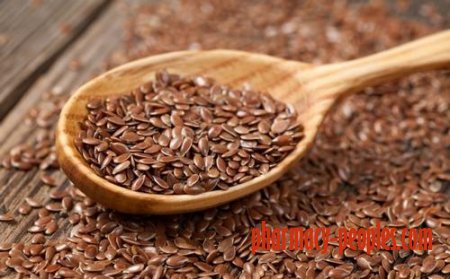FIBER DIET
Fiber is one of the main reasons whole plant foods are good for you.
Growing evidence shows that adequate fiber intake may benefit your digestion and reduce your risk of chronic disease.
Many of these benefits are mediated by your gut microbiota — the millions of bacteria that live in your digestive system.
However, not all fiber is created equal. Each type has different health effects.
Put simply, dietary fiber is a non-digestible carbohydrate found in foods.
It’s split into two broad categories based on its water solubility:
Soluble fiber: Dissolves in water and can be metabolized by the "good" bacteria in the gut.
Insoluble fiber: Does not dissolve in water.
Perhaps a more helpful way to categorize fiber is fermentable versus non-fermentable, which refers to whether friendly gut bacteria can use it or not.
It's important to keep in mind that there are many different types of fiber. Some of them have important health benefits, while others are mostly useless.
There is also a lot of overlap between soluble and insoluble fibers. Some insoluble fibers can be digested by the good bacteria in the intestine, and most foods contain both soluble and insoluble fibers.
Recommended Daily Fiber:
Women: 25 fiber grams
Men: 35–40 fiber grams
Get fierce with fiber
It’s easy to get caught up in counting calories and grams of added sugars, fats, proteins, and carbs when you’re trying to eat well. But there’s one nutrient that too often gets thrown to the wayside: dietary fiber.
Fruits and vegetables are always your friend
Fiber is naturally found in all fruits and vegetables. You can’t really go wrong by adding these components to your daily regime. In fact, one study found that simply eating an apple before every meal had significant health benefits.
Eat what’s in season
Always check out your grocery store’s fresh, in-season fruits and veggies. Not only are they great for you, but they also often taste better and are less expensive than what’s out of season.
Processed foods usually mean less fiber
Refined foods that don’t contain whole grains or whole wheat are also lower in fiber. This includes white bread and regular pasta. Juicing is also processed in a sense, since it removes the insoluble fiber from your food. The result is that you lose fiber’s benefits — especially its important job of regulating digestion and keeping blood sugar from spiking.
Be thoughtful at restaurants
Restaurants, especially fast-food joints, often skimp on fruits and veggies because they’re expensive. When looking at the menu, be sure to pick something rich in fruit, veggies, and beans or legumes that will help you meet your fiber goals for the day.
Toss a high-fiber component into your meal
Next time you have a piece of pizza, make sure to munch on a handful of snap peas on the side, or add some multigrain crackers if you’re eating soup for lunch. Eating a high-fiber snack before your meal can also mean eating fewer calories altogether, because you’ll feel more full.
Don’t forget beans, peas, and lentils
We often remember to eat our fruits and veggies, but legumes are a wonderful and delicious source of fiber. Try a recipe that puts legumes in the spotlight, like a three-bean vegetarian chili or a lentil salad.
Make sure fiber starts at breakfast
Most traditional breakfast foods, like eggs and bacon, lack fiber. Integrate fiber into the first meal of your day by eating oatmeal or a whole-grain cereal. You can also simply add a piece of fruit to your regular fare. Eating yogurt for breakfast? Add sliced fruit and nuts.
Explore the world of whole grains
Next time you’re at the grocery store, pick up some amaranth, bulgur, pearl barley, or wheat berries and start exploring. Other good high-fiber choices are quinoa (a seed) or whole-wheat couscous (a pasta).
Skip the fiber supplements
Fiber supplements can give you a small boost, but the benefits of getting your fiber from whole foods are much greater. What’s more, people taking fiber supplements might not be pairing them with high-nutrient foods. This causes rather than solves health issues.
1. Avocados
2. Asian Pears
3. Berries
4. Coconut
5. Figs
6. Artichokes
7. Peas
8. Okra
9. Acorn Squash
10. Brussels Sprouts
11. Turnips
12. Black Beans
13. Chickpeas
14. Lima Beans
15. Split Peas
16. Lentils
17. Nuts
18. Flaxseeds
19. Chia Seeds
20. Quinoa
The Bottom Line
Dietary fiber has various health benefits.
Not only does it feed your gut bacteria, fermentable fiber also forms short-chain fatty acids, which nourish the colon wall.
Additionally, viscous, soluble fiber may reduce your appetite, lower cholesterol levels and decrease the rise in blood sugar after high-carb meals.
If you are aiming for a healthy lifestyle, you should make sure to get a variety of fiber from whole fruits, vegetables and grains.
Growing evidence shows that adequate fiber intake may benefit your digestion and reduce your risk of chronic disease.
Many of these benefits are mediated by your gut microbiota — the millions of bacteria that live in your digestive system.
However, not all fiber is created equal. Each type has different health effects.
What Is Fiber?
Put simply, dietary fiber is a non-digestible carbohydrate found in foods.
It’s split into two broad categories based on its water solubility:
Soluble fiber: Dissolves in water and can be metabolized by the "good" bacteria in the gut.
Insoluble fiber: Does not dissolve in water.
Perhaps a more helpful way to categorize fiber is fermentable versus non-fermentable, which refers to whether friendly gut bacteria can use it or not.
It's important to keep in mind that there are many different types of fiber. Some of them have important health benefits, while others are mostly useless.
There is also a lot of overlap between soluble and insoluble fibers. Some insoluble fibers can be digested by the good bacteria in the intestine, and most foods contain both soluble and insoluble fibers.
Recommended Daily Fiber:
Women: 25 fiber grams
Men: 35–40 fiber grams
Get fierce with fiber
It’s easy to get caught up in counting calories and grams of added sugars, fats, proteins, and carbs when you’re trying to eat well. But there’s one nutrient that too often gets thrown to the wayside: dietary fiber.
Fruits and vegetables are always your friend
Fiber is naturally found in all fruits and vegetables. You can’t really go wrong by adding these components to your daily regime. In fact, one study found that simply eating an apple before every meal had significant health benefits.
Eat what’s in season
Always check out your grocery store’s fresh, in-season fruits and veggies. Not only are they great for you, but they also often taste better and are less expensive than what’s out of season.
Processed foods usually mean less fiber
Refined foods that don’t contain whole grains or whole wheat are also lower in fiber. This includes white bread and regular pasta. Juicing is also processed in a sense, since it removes the insoluble fiber from your food. The result is that you lose fiber’s benefits — especially its important job of regulating digestion and keeping blood sugar from spiking.
Be thoughtful at restaurants
Restaurants, especially fast-food joints, often skimp on fruits and veggies because they’re expensive. When looking at the menu, be sure to pick something rich in fruit, veggies, and beans or legumes that will help you meet your fiber goals for the day.
Toss a high-fiber component into your meal
Next time you have a piece of pizza, make sure to munch on a handful of snap peas on the side, or add some multigrain crackers if you’re eating soup for lunch. Eating a high-fiber snack before your meal can also mean eating fewer calories altogether, because you’ll feel more full.
Don’t forget beans, peas, and lentils
We often remember to eat our fruits and veggies, but legumes are a wonderful and delicious source of fiber. Try a recipe that puts legumes in the spotlight, like a three-bean vegetarian chili or a lentil salad.
Make sure fiber starts at breakfast
Most traditional breakfast foods, like eggs and bacon, lack fiber. Integrate fiber into the first meal of your day by eating oatmeal or a whole-grain cereal. You can also simply add a piece of fruit to your regular fare. Eating yogurt for breakfast? Add sliced fruit and nuts.
Explore the world of whole grains
Next time you’re at the grocery store, pick up some amaranth, bulgur, pearl barley, or wheat berries and start exploring. Other good high-fiber choices are quinoa (a seed) or whole-wheat couscous (a pasta).
Skip the fiber supplements
Fiber supplements can give you a small boost, but the benefits of getting your fiber from whole foods are much greater. What’s more, people taking fiber supplements might not be pairing them with high-nutrient foods. This causes rather than solves health issues.
Ultimate High-Fiber Foods
1. Avocados
2. Asian Pears
3. Berries
4. Coconut
5. Figs
6. Artichokes
7. Peas
8. Okra
9. Acorn Squash
10. Brussels Sprouts
11. Turnips
12. Black Beans
13. Chickpeas
14. Lima Beans
15. Split Peas
16. Lentils
17. Nuts
18. Flaxseeds
19. Chia Seeds
20. Quinoa
The Bottom Line
Dietary fiber has various health benefits.
Not only does it feed your gut bacteria, fermentable fiber also forms short-chain fatty acids, which nourish the colon wall.
Additionally, viscous, soluble fiber may reduce your appetite, lower cholesterol levels and decrease the rise in blood sugar after high-carb meals.
If you are aiming for a healthy lifestyle, you should make sure to get a variety of fiber from whole fruits, vegetables and grains.
